The technology that powers SSDsNAND flash memory—presents unique challenges, especially in terms of wear and tear due to write and erase cycles. To mitigate these challenges and improve the longevity and performance of SSDs, two crucial techniques are employed: wear leveling and overprovisioning.
Wear leveling is a strategy designed to distribute data writes evenly across the memory cells of an SSD, ensuring that no cell experiences excessive wear.. This process is key to preventing premature failure and extending the life of the unit.
Overprovisioning, on the other hand, involves reserving a portion of the SSD's total storage capacity for use by the drive controller.. This reserved space is not accessible to the user, but plays a vital role in maintaining SSD performance over time, especially under heavy workloads.
It would be fair to say that overprovisioning is a passive method of saving additional space for wear leveling algorithms to work properly.
Understanding this interplay between wear leveling and overprovisioning can be important for anyone looking to maximize their investment in SSD technology, from casual users to IT professionals managing enterprise storage solutions.
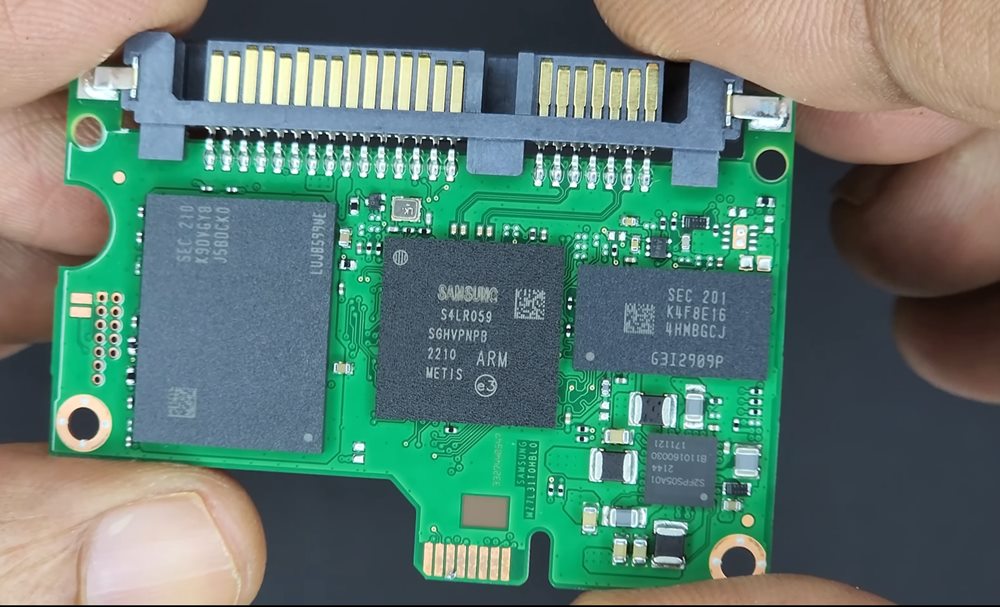
Overprovisioning vs. wear leveling
SSD and its challenges
SSDs store data on NAND Flash chips in the form of electrical charge within the floating gate transistors. There are billions of these transistors inside NAND Flash chips and there may be several of these chips.
1st challenge
NAND flash memory cells (those transistors) have a finite number of write/erase cycles they can endure before becoming unreliable. Every time data is written or deleted, the cell degrades slightly, eventually leading to a point where it can no longer reliably store data.
There is an oxide layer inside the floating gate transistor that holds load. That layer is prone to damage from the repetitive step of loading.
2nd challenge
Write amplification: This phenomenon occurs when the amount of actual data written to flash memory is greater than the data the user intended to write. It is a byproduct of the way SSDs organize and manage data, resulting in increased wear and tear on the drive.
3rd challenge
Some cells may be used more frequently than others, causing uneven wear and tear on memory. Without mechanisms to manage this, some cells could fail prematurely, affecting the lifespan and overall reliability of the SSD.
The challenge of managing wear
Given the limitations of NAND flash memory, managing wear and tear is a critical challenge to maintaining SSD performance and longevity. This is where wear leveling and overprovisioning play critical roles. Wear leveling algorithms ensure that all memory cells are used evenly, preventing a single cell from being overused and worn out prematurely. Overprovisioning provides additional memory capacity that the SSD controller can use to replace worn cells and manage data more efficiently, reducing the impact of write amplification and extending the life of the drive.
Wear Leveling on Solid State Drives
Wear leveling is a sophisticated algorithm implemented by the SSD controller to manage how data is written to and erased from NAND flash memory. Its main goal is to prevent a single memory cell from being overused and worn out prematurely compared to others. By ensuring that all cells are used evenly, wear leveling significantly extends the life of an SSD.
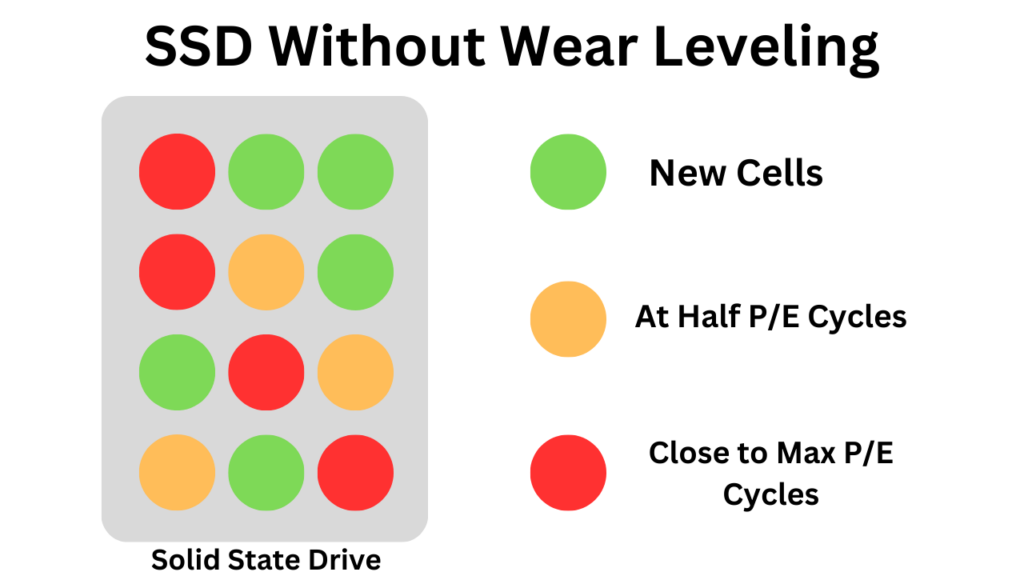
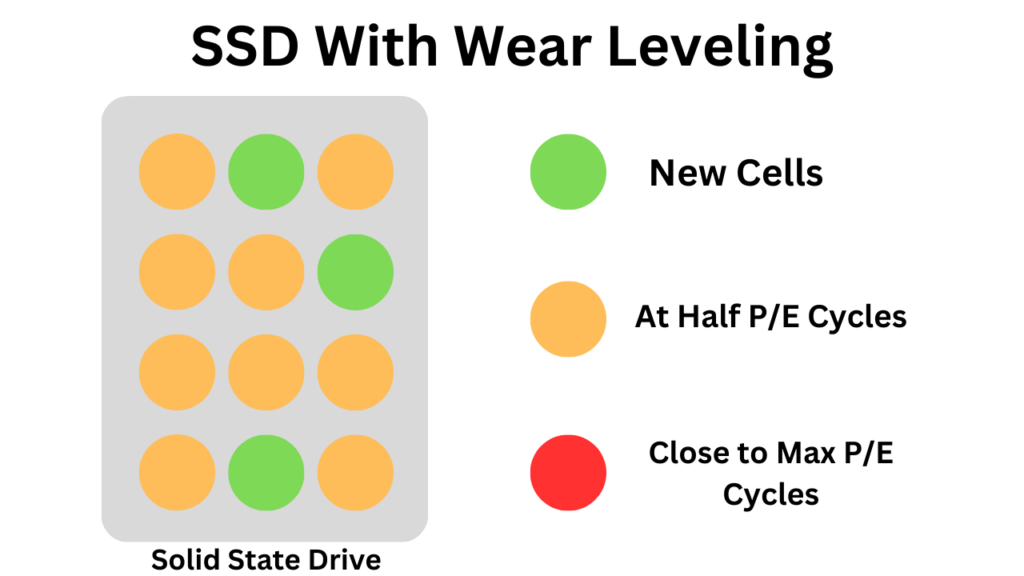
There are two main types of wear leveling:
- Dynamic wear leveling: This method moves data within the SSD, ensuring that all write and delete cycles They are evenly distributed in the memory cells. Dynamic wear leveling primarily targets cells that change frequently, reallocating data as necessary to avoid concentrating wear on specific cells.
- Static wear leveling: In addition to managing data that changes frequently, static wear leveling also relocates data that remains unchanged for long periods. This is crucial because otherwise some blocks of data could remain static and underused, while others wear out due to frequent writes and erases. Static wear leveling ensures uniform wear across all cells, regardless of the frequency of data change.
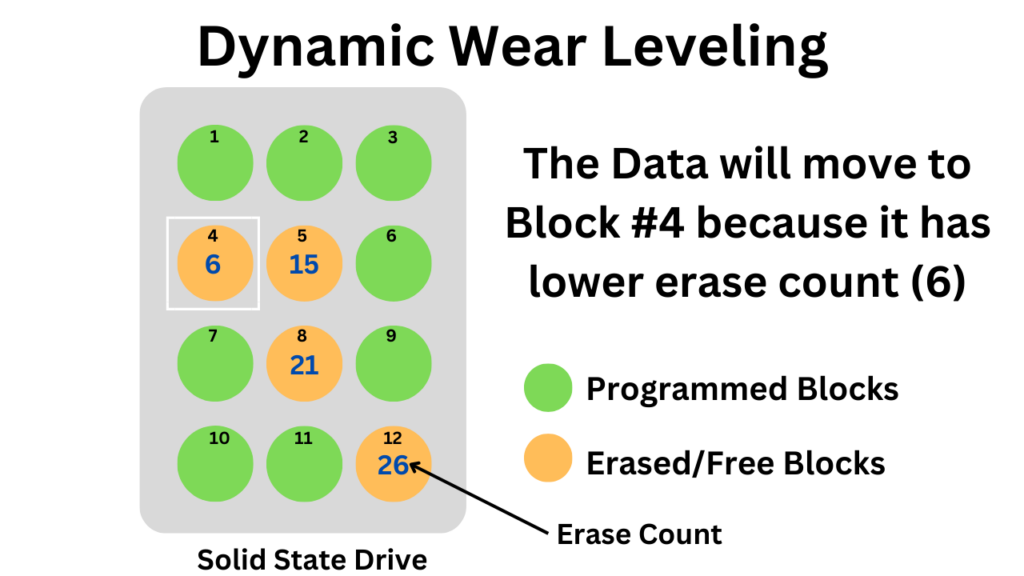
The wear leveling process involves several key steps:
- Cell Usage Monitoring: The SSD controller keeps track of the number of write/erase cycles each cell undergoes.
- Data redistribution: Based on cell usage data, the controller moves data across the SSD to ensure that no cell is overloaded.
- Integration with other SSD processes: Wear leveling works in conjunction with other SSD management techniques, such as over-provisioning and garbage collection, to optimize performance and durability.
Overprovisioning on solid state drives
Over-provisioning involves reserving a portion of an SSD's flash memory exclusively for use by the SSD controller, beyond what is presented to the user as the drive's capacity. This reserved space is used for several key management tasks, including wear leveling, garbage collection, and bad block handling. The primary goal of over-provisioning is to improve the performance of the SSD, especially in write-intensive operations, and extend its lifespan by mitigating wear and tear on the memory cells.
Talking about the difference
Now you know that wear leveling is an active process that the controller performs to reallocate data to the cell evenly. This helps reduce the overload of some cells while others remain still.
For that, we need additional space. You cannot do any reallocation if your 1TB drive is 100% full. So when your system shows 960 GB of disk space while the company says 1 TB, part of that lost 40 GB is occupied by overprovisioning. Wear leveling algorithms can then take advantage of that space to function properly.
Frequent questions
While all SSDs benefit from some level of overprovisioning, the need and extent may vary depending on the intended use of the SSD and the manufacturer's design. Consumer SSDs typically have a default over-provisioning level that balances performance with maximum available storage. Enterprise SSDs, on the other hand, can have higher levels of over-provisioning to meet the demands of more intensive workloads and ensure longevity.
Some SSDs allow users to adjust the level of overprovisioning using firmware or software tools provided by the manufacturer. Adjusting overprovisioning may be beneficial for users who require higher performance or want to extend the life of their SSD, but will result in less available storage capacity. It is important to consult the SSD documentation or manufacturer's recommendations before making adjustments.
Static wear leveling and dynamic wear leveling are two approaches to distributing write and erase cycles among the memory cells of an SSD. Dynamic wear leveling only moves data that changes frequently, ensuring that frequently rewritten areas wear evenly. Static wear leveling, on the other hand, also relocates data that remains unchanged for long periods, preventing any part of the SSD from being underutilized and ensuring even wear across the entire drive. Static wear leveling is generally considered more effective in extending SSD life, but may carry a slight performance overhead.
Yes, over-provisioning reduces the amount of storage capacity available to the user because it reserves a portion of the total SSD space for the drive's firmware to use to manage wear leveling, garbage collection, and other tasks. For example, an SSD advertised as 1TB may appear as 960GB in the operating system due to over-provisioning and other factors such as file system metadata.







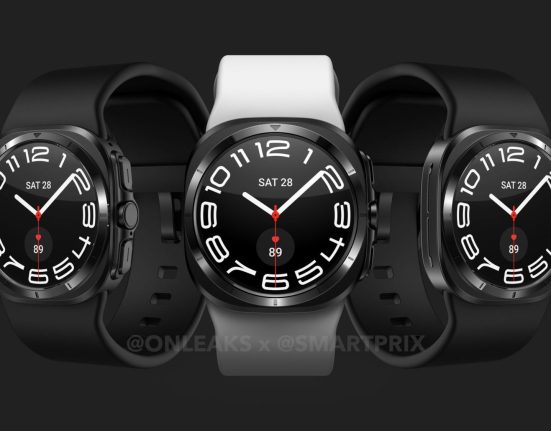
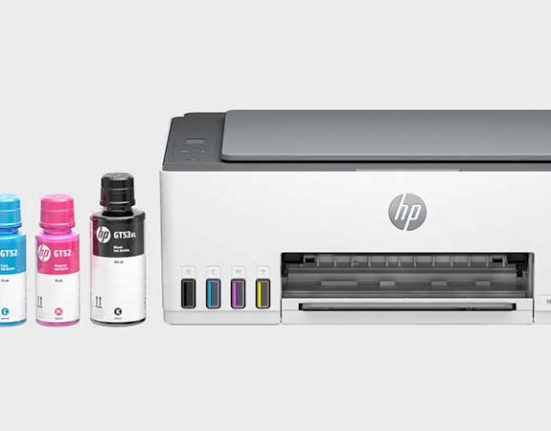




Leave feedback about this